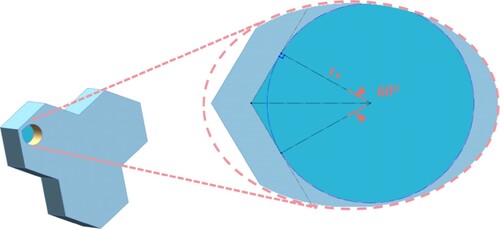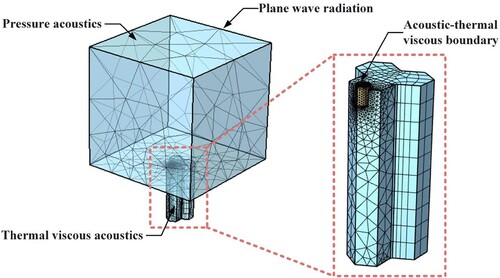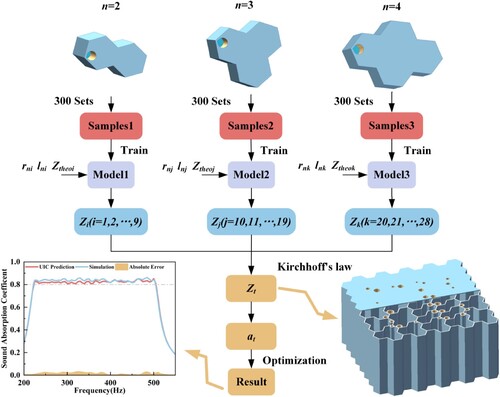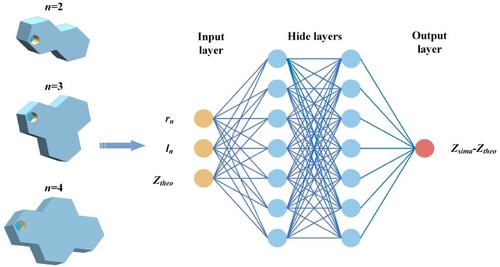Figures & data
Figure 1. Schematic diagram of MHSTA. (a) Unit structure with related parameters. (b) Various types of unit structures. (c) MHSTA. (d)–(f) Structures of various apertures. (g) Advantageous frequency ranges of units with different n.
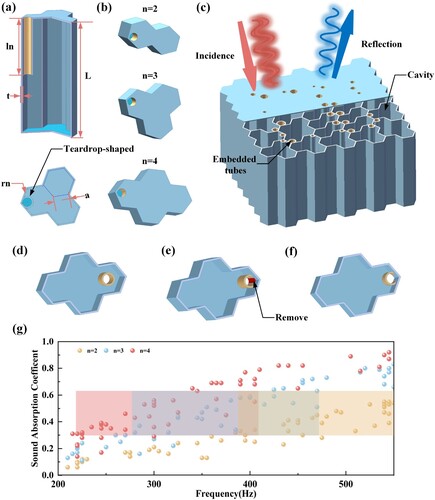
Table 1. Physical parameters and their values.
Figure 4. Low-frequency enhancement mechanism of double-unit coupled structure. (a) Sound absorption coefficients with various relative positions of the apertures. (b) Enhancement of absorption peak of various relative positions of the apertures compared with Kirchhoff’s law . Wherein
is the absorption peak of various relative positions of the apertures and
is the absorption peak of Kirchhoff’s law. (c) Acoustic impedances of the structure i and ii. (d) Pressure and velocity of the structure i and ii at 480 Hz.
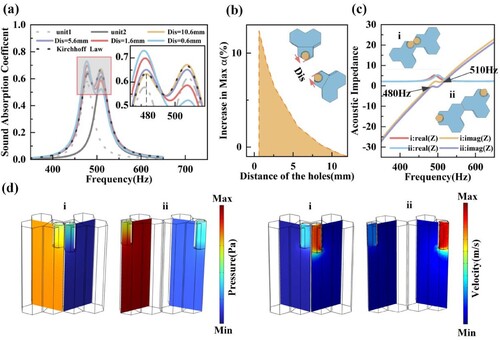
Figure 5. Broadband and uniform enhancement of multi-unit coupling. (a) Comparison of coupling characteristics of coupled 1 and 2. (b) Comparisons of coupling characteristics of coupled 2–4. (c) Four coupling layouts.
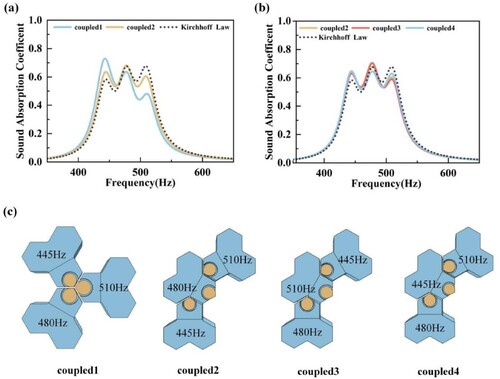
Figure 6. The maximum relative errors and resonance frequency errors between the theories and simulations of single unit. (a) The maximum relative errors. (b) The resonance frequency errors.
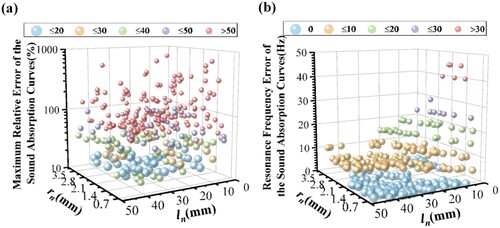
Figure 9. Comparison of acoustic resistances, acoustic reactance and acoustic curves among simulations, theories and UIC methods. (a), (d) and (g) Describe the acoustic resistance. (b), (e) and (h) Describe the reactance. (c), (f) and (i) Describe the acoustic curves.
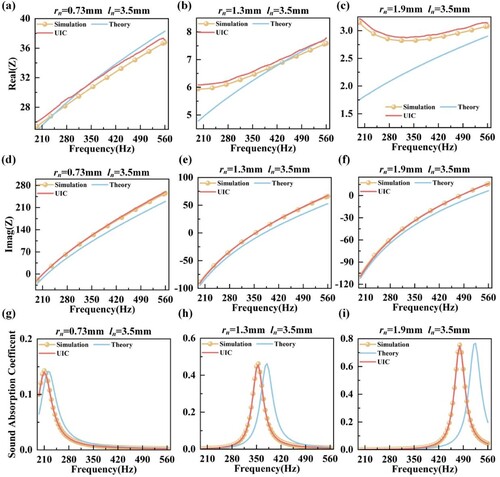
Figure 10. The resonance frequency errors after the UIC method of single unit. (a) The maximum relative errors. (b) The resonance frequency errors.
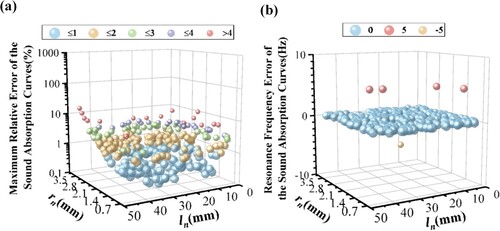
Figure 11. Absorption performance of typical structures in different frequency ranges. (a) Absorption curve, (b) impedance and (c) sound pressure distribution of the cavity in 225–500 Hz. (d) Absorption curve, (e) impedance and (f) sound pressure distribution of the cavity in 230–550 Hz.
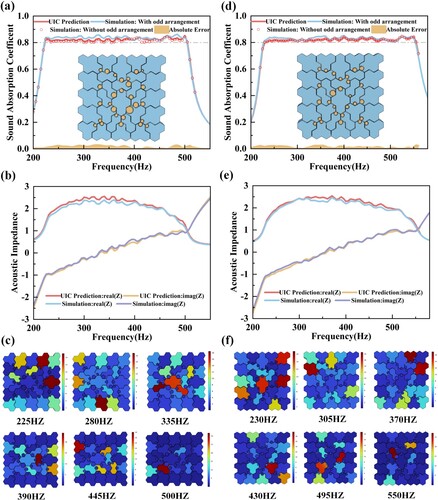
Figure 12. Experimental verification of the performance of acoustic absorption metamaterial in 223–504 Hz. (a) Experimental system. (b) Sample. (c) Comparisons of the UIC, simulation and experiment.
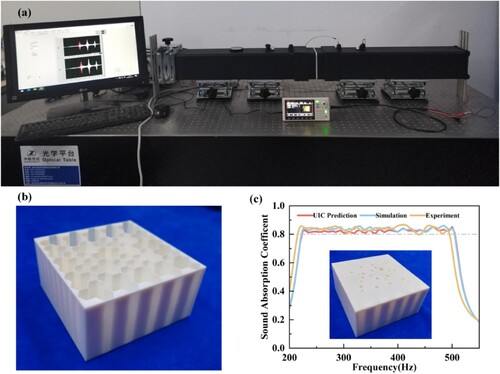
Table 2. Comparison with other advanced metamaterials.
Table 3. Comparison with other metamaterials optimisation with neural network.
Supplemental Material
Download ()Data availability statement
The data that support the findings of this study are available from the corresponding author upon reasonable request.

